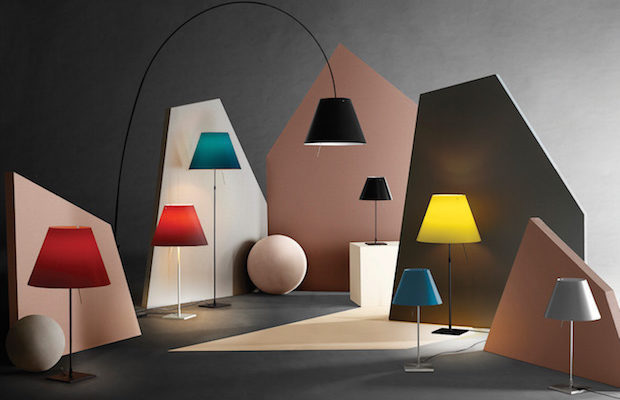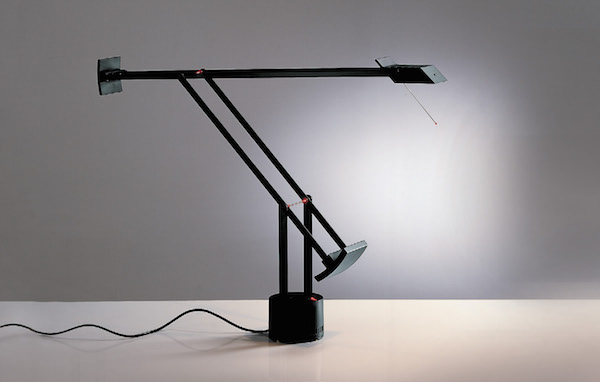 COURTESY LUCEPLAN
COURTESY LUCEPLAN
Feature
Italy Makes Light Right
Italy is to contemporary lighting design as Detroit is to cars. While no country can claim total dominance of the field, Italy has long been at the forefront of lighting innovation. After World War II the country transformed itself from a sleepy, mostly agrarian culture into a powerhouse of design manufacturing, thanks to a core group of men and women who almost single-handedly shaped the direction of contemporary consumer products. “The emergence of Italy during the last decade as the dominant force in consumer product design has influenced the work of every other European country and now is having its effect in the United States,” wrote curator Emilio Ambasz in his introduction to the catalogue to Italy: The New Domestic Landscape, a groundbreaking show at New York’s Museum of Modern Art in 1972. This was especially true for lighting, with companies like FLOS and Artemide leading the way. With the establishment of Euroluce, a major lighting trade fair in 1976, Italy became the global lighting marketplace.
Since then the major players have kept pushing the envelope, from incandescent to halogen to LED, whose potential seems boundless; and OLED fixtures loom on the horizon. The secret to Italy’s prominence is the passion of its individual manufacturers as champions of technological exploration and innovation. “Design has little meaning if there is no substance,” Ernesto Gismondi, founder and CEO of Artemide, has said. “It is only in-house technology which sets you apart from the rest.”
Artemide
LIGHTING DESIGN MAY not require a rocket scientist, but Artemide was founded by one. Ernesto Gismondi, an aeronautical engineer and teacher, started the company in 1959 with designer Sergio Mazza. Gismondi explains that they launched Artemide, named for Artemis, the goddess of the moon, with the aim of breaking completely with the past. Now eighty-five, he has led the company over the past fifty-seven-plus years, along with his wife, Carlotta de Bevilacqua, sixty, herself a designer and entrepreneur, who joined the company in 1997 and became vice president in 2015.
From modest beginnings, Artemide has grown to become one of the largest lighting companies in Italy, with an annual income of €126 million (nearly $135 million). Like all other such industry leaders, Artemide focuses on technological innovation, investing 5 percent of its yearly income in research and design.

COURTESY ARTEMIDE
It boasts an A-list talent roster with an impressive array of architects, including Mario Botta, David Chipperfield, Herzog & de Meuron, Daniel Libeskind, and Jean Nouvel. “Projects of light and space are closely related,” explains de Bevilacqua.
Its designer list is equally auspicious, including Richard Sapper, who conceived perhaps its most famous lamp, Tizio, in 1972, and Michele de Lucchi, who with Giancarlo Fassina, produced the Tolomeo in 1986—two of the most recognizable lamps of the twentieth-century.

COURTESY ARTEMIDE
Artemide keeps pushing boundaries. Last year it worked with Mercedes Benz on the Ameluna pendant, which has an innovative optoelectronic system in the frame that can memorize and create lighting controlled with a dedicated app. For Artemide, technology is the future.
Says de Bevilacqua, “The century we are living in is without question the century of light, just as the previous century was that of electronics. After the LED revolution we are now approaching the photonic revolution. In the near future, light will bring unexpected relations and knowledge; it will be interactive.”










